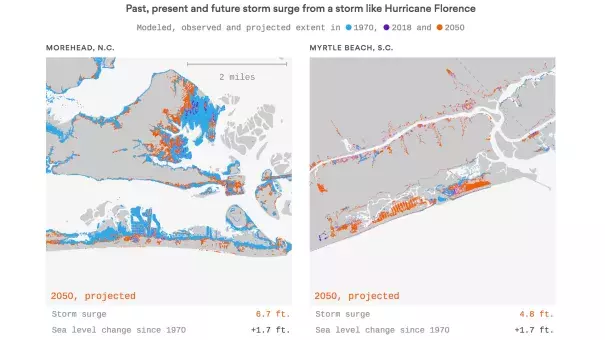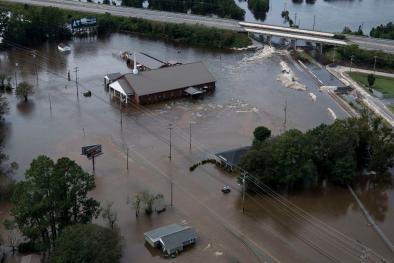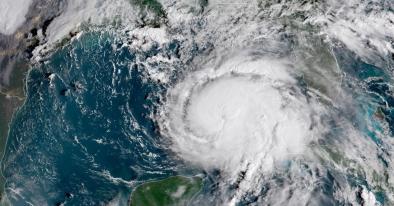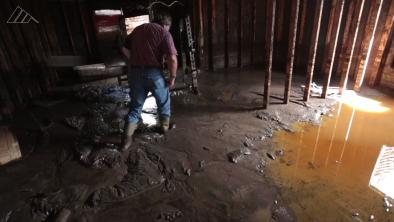Study: Sea level rise boosted Hurricane Florence's coastal flooding

A sea level research and communications group's rapid analysis of the storm surge from Hurricane Florence has found that 1-in-5 of the homes impacted along the Carolina coast wouldn't have fared so badly had sea levels not risen significantly since 1970.
Why it matters: Sea level rise is one of the most significant effects of climate change that is already impacting society, and its footprint is only projected to grow. For example, the report also projects far more flooding from a similar, Florence-type storm in 2050.
The details: The First Street Foundation, a sea level research and communications group, sought to determine how many homes were affected by Hurricane Florence's storm surge compared to past storms.
To do this, they used data from recent federal government overflights of hard-hit coastal areas and obtained storm surge heights for 75 stations in the Carolinas and Virginia. They also relied on historical sea level elevation data.
Here's what they found:
- Sea level rise since 1970 caused Hurricane Florence to "significantly affect" more than 11,000 additional homes.
- Tidal data shows that the relative sea level off the Carolina coast has risen about a half-foot since 1970.
Related Content






